Poverty In Africa
Africa is the world’s largest and most miserable continent. Although its land is rich in resources, the social and political conditions of many of its countries have always placed it at the bottom of the continent, making most of its inhabitants third-country citizens. However, there are a lot of facts that will impress you when you know about the continent.

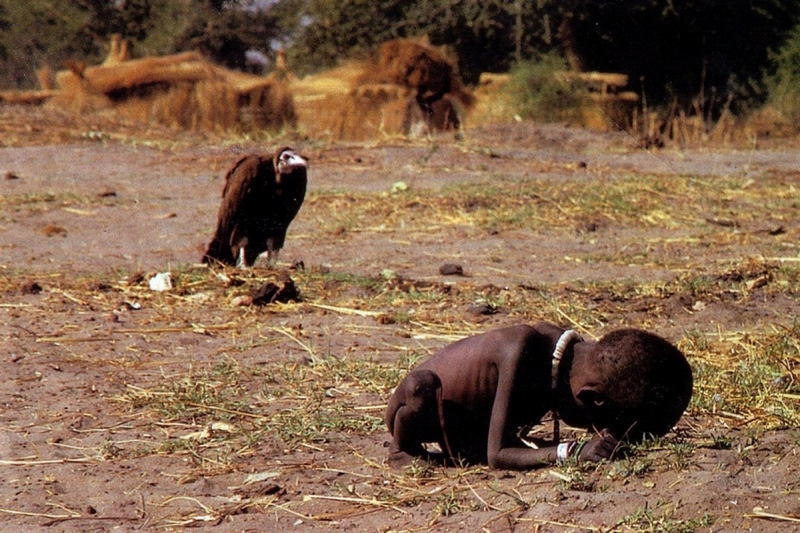
The statistics of international institutions indicate that the average age in sub-Saharan Africa does not exceed forty-three years and the mortality rate is up to two hundred per thousand children due to the spread of diseases and famine and lack of health care.
The rate of education in Africa is the lowest in the world. Statistics shows that only 20% of school-age children are enrolled in school while 6 million male children do not attend school, and 9 million female children do not attend school in sub-Saharan Africa.
The extreme poverty rate has declined rapidly throughout the world. The World Bank’s new poverty estimates suggest that the number of extreme poor – people living on $ 1.90 per person per day or less – has fallen from 1.9 billion in 1990 to about 736 million in 2015.
However, the number of extreme poor is increasing in sub-Saharan Africa, where they accounted for more than half of the extreme poor in 2015. It is also projected that by 2030, there will be about 9 out of 10 extreme poor in sub-Saharan Africa.


Extreme poverty rates in Africa are falling from 56 per cent in 1990 to 43 per cent in 2012. But because of population growth, the number of people living in extreme poverty in Africa today is about 63 million more than in 1990. Poverty in Rising Africa “shows that these numbers do not tell the whole story of a region that has experienced strong economic growth in the past few decades and has made significant progress despite the challenges.
World Bank Group President Jim Yong Kim, when he visited Ghana, expressed appreciation for the country’s progress in tackling poverty before the International Day to End Poverty to End Poverty on 17 October. The clutches of poverty. Gathering good data is one of the powerful tools to end extreme poverty.
People still live without running water, toilets, electricity and enough food to feed them, even on the outskirts of Accra, one of Africa’s most modern and prosperous cities. But, as in many parts of Africa, a system of social support is emerging to help the poorest.

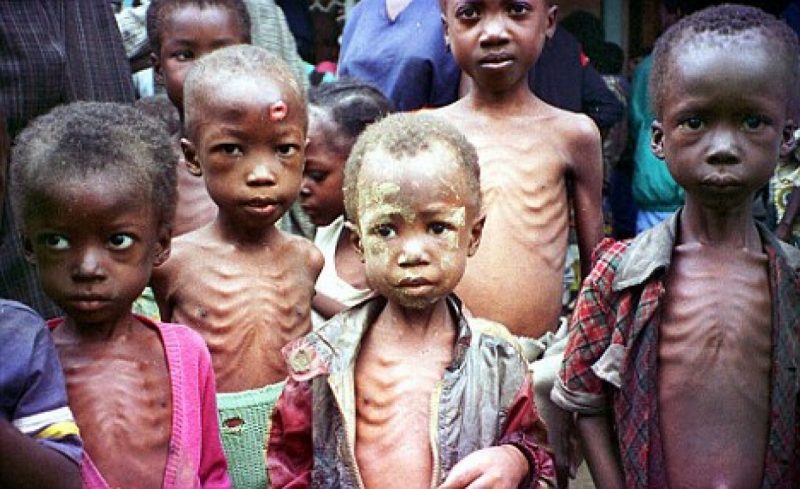
Although half of the world’s gold is extracted from Watersrand in South Africa, Sudan produces 80% of the world’s gum Arabic production, and nearly half of the world’s diamonds come from South and Central Africa as well as the largest quantity. But Africa always lives in poverty, where others exploit all its wealth from time immemorial to today.
When you feel thirsty do you open your refrigerator to get water, or turn to a tap and fill a cup?? This is normal. Imagine that in some parts of Africa a person needs to walk more than 6 kilometers a day to get drinking water, and the water may be unsuitable. Thirteen African countries suffer from scarcity of drinking water, which kills 400,000 African children every year.

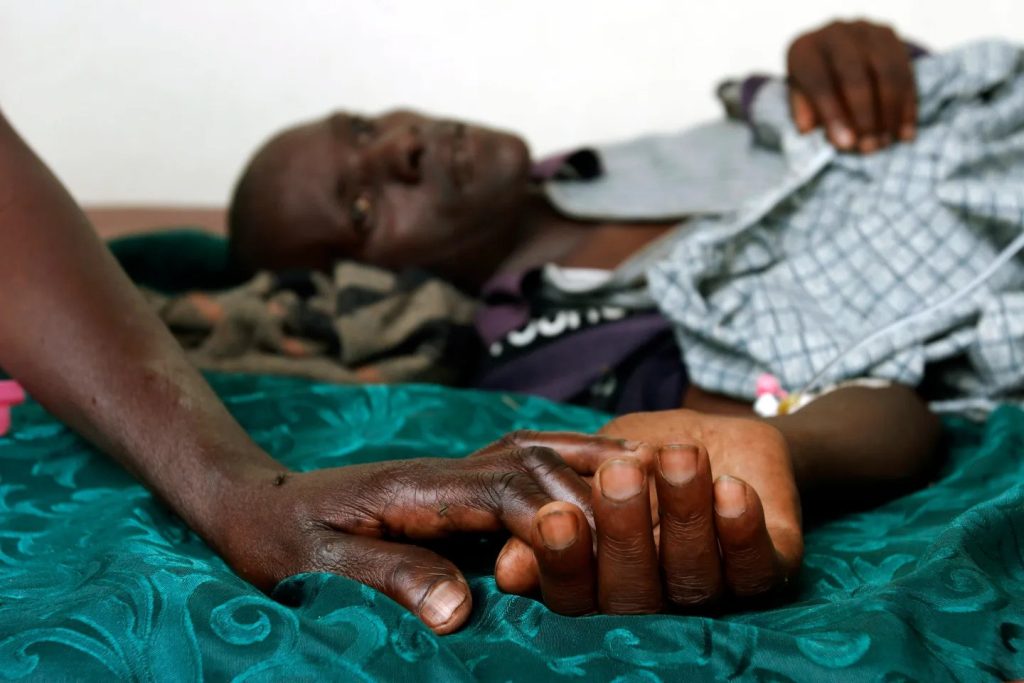
HIV / AIDS continues to ravage the WHO African Region, which is home to 11% of the world’s population and 60% of people living with HIV. The disease remains the leading cause of adult death in Africa. More than 90% of the 300 million to 500 million cases of malaria that occur worldwide every year are from Africans, mostly children under five,
River blindness has been eliminated as a public health problem, and guinea worm control efforts have reduced the number of cases by 97% since 1986. Efforts to control leprosy have also reduced the level of elimination – when the number of cases is less than 1 case per 10,000 People in the region. Most countries are also making good progress in preventing childhood diseases. Control efforts are close to eradicating polio, and 37 countries are vaccinating 60% or more of their children with measles vaccine. Total measles deaths have fallen by more than 50% since 1999. It should be noted that 75 million children received measles vaccine in 2005.
Tanzania has the highest rates of albino or “leprosy” around the world. People with this disease suffer from hunting by black magicians to use their organs in their magic works.
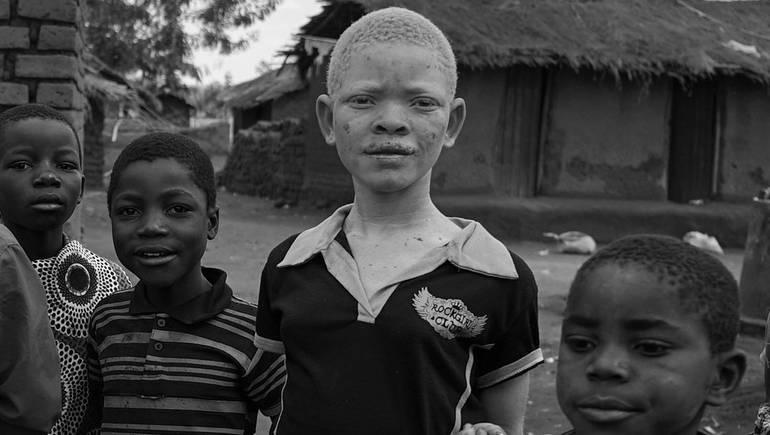
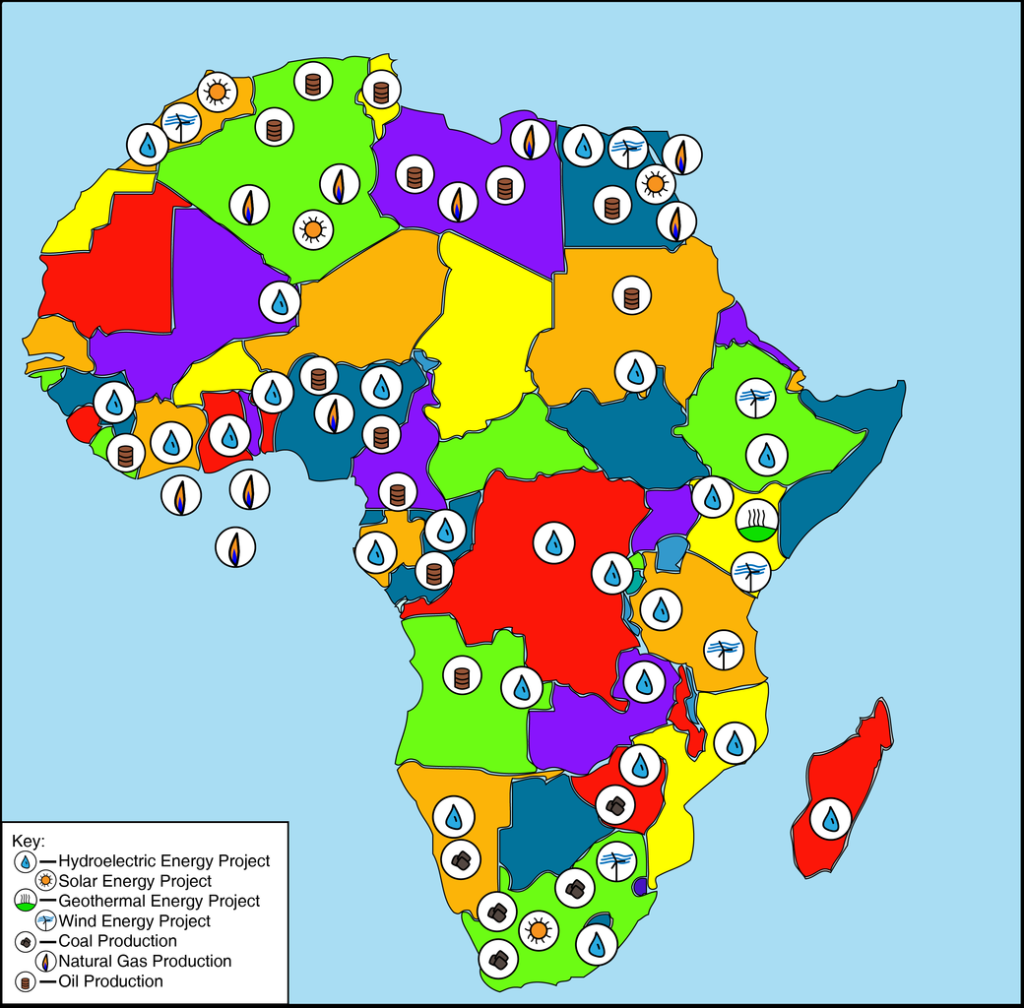
Lack of electricity is a major obstacle to the development of sub-Saharan Africa, where less than a third of the population has access to electricity from the public grid. Access to electricity is the difference between poverty and prosperity and electricity is central to supporting economic development. Of the 915 million people living in the region, only 290 million have access to electricity, and the report warned that poor energy supplies are slowing development on the whole continent.
A report by the international consulting firm «K. B. Sub-Saharan Africa needs a significant sum of $ 450 billion to cut power cuts in half.
The 49 countries in sub-Saharan Africa currently produce the same amount of electricity as Spain, home to 45 million people, despite the region’s rich energy resources, the report said.
Africa produces 11 percent of oil, six percent of natural gas and four percent of the world’s coal. But much energy is exported abroad instead of being used as fuel for Africa.
The IEA said two-thirds of the money injected into sub-Saharan Africa’s energy sector since 2000 was earmarked for export development. Nigeria is a prime example. The West African country is the continent’s largest economy and the world’s sixth-largest oil producer. However, there are only a few barrels of oil from which Nigeria produces 2.5 million barrels per day. However, the World Bank report indicates that nearly half of Nigeria’s population lives on less than $ 1.25 a day. Statistics also indicate that about two-thirds of the country’s 178 million people live without electricity.
